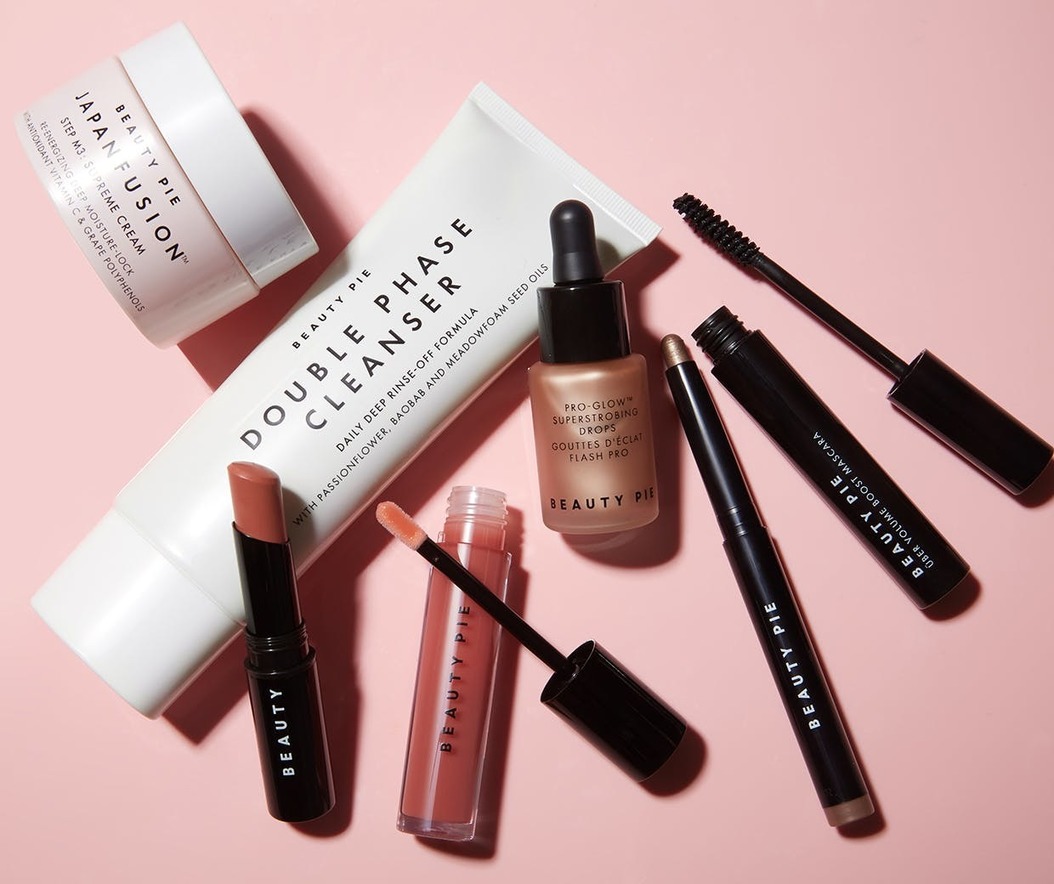Offering consumers luxury beauty products at face value prices, online disruptor Beauty Pie has carved out a niche as a direct-to-consumer brand founded on the psychology behind consumer behaviour.
Based on a tiered membership model, users can choose a £99 one-off yearly Beauty Pie subscription or a monthly fee of £5, £10 or £20, which comes with a monthly spending limit. Users then get access to buyers’ club prices, which are the face value prices for skincare, make-up and haircare products bought directly from the lab.
Central to the insight strategy is working with psychologists to better understand the fundamentals of human nature and then layer this on top of the subscription data to tailor the consumer journey.
Psychologists have found, for example, that 60% of purchasing behaviour is driven by loneliness, cites Beauty Pie’s global head of marketing, Sophie Jenkins.
“If you feel lonely and you want to be made to feel secure and safe you buy something, whether that’s buying something because somebody else has bought it, because you think you’re missing out, to make you feel better, or to be part of a community,” she explains.
“For us, it’s about understanding these real human fundamentals before we then look at the data and the conversations that are happening from our consumers’ perspective.”
In the normal beauty market, loyalty is hard to come by, so having data that shows what your customer is doing from month to month is gold dust.
The marketers conduct qualitative research with Beauty Pie members to find out why they joined the service and feed this insight into the customer service and social media platforms.
Then to better understand which products are resonating with customers the team analyse purchase behaviour each month. This data is crucial as, despite being just two years old, Beauty Pie is launching a product a week across haircare, bodycare, skincare and make-up. Its current bestsellers are its Japan Fusion Cleanser and Uber Volume Mascara.
The distinct advantage of being a direct-to-consumer brand is owning first-party consumer data, says Jenkins, which is much harder to come by if you sell via a retailer, meaning the brand feels much more connected to its customer.
“In the normal beauty market, loyalty is hard to come by,” she claims. “So, having data that shows what your customer is doing from month to month is gold dust.”
Jenkins says Beauty Pie does not have a core customer, although she imagines that this may change as the business matures, and it becomes clearer who is loyal to the brand and who drops out. In this sense Beauty Pie is different to other luxury beauty brands she has worked for, such as Chanel and Estée Lauder.
“Working for brands previously you had an audience in mind, you knew who you were targeting, you knew your product and the price. It was super easy,” she states.
“At Beauty Pie our model has broken down so many other barriers that essentially we haven’t even split our audience; we are marketing to everyone from 15-years-old to 60-years-old.”
Creating a buyers’ club
Beauty Pie was founded in 2017 by entrepreneur Marcia Kilgore, the woman behind Bliss, Soap & Glory and FitFlop, as a female-centric company aimed at disrupting the luxury beauty giants by going direct-to-consumer.
Beauty Pie’s USP is its ‘transparent pricing model’. The brand buys direct from labs, meaning members pay for the product, packaging, new product development, safety testing and warehousing, but not the added marketing costs or retailer mark-ups.
This price is then contrasted against the typical price for each product, which Beauty Pie calculates by comparing the formulation, packaging, ingredients, uses, claims and product size of similar products from established online and offline competitors.
Beauty Pie’s subscription model gives users an allowance to spend each month.
Jenkins describes Beauty Pie as essentially boarding up Harrods, taking all the labels off the products and charging everyone £10 to go into the beauty hall to spend what they want within an allowance.
Her team is focused on breaking down the barriers that could prevent consumers from signing up. Some people, for example, feel they don’t buy enough make-up or skincare to justify a monthly membership. This means talking about the 80% mark-up paid for luxury beauty products and the fact the allowance rolls over month to month.
Other potential customers are nervous about being tied into memberships or subscription boxes, so here the focus is on giving free trials to demonstrate the value of the service.
Then you have the beauty junkies who are unsure if they can trust the product really is luxury, which means giving out samples to let them try the quality. As consumers are used to luxury products being sold with high profile celebrity endorsements, this can take an adjustment.
“That’s been a hard part of the education factor, because luxury is described as something at a big expense and Beauty Pie is trying to reverse that thought process. It’s not better if you’re paying more, it’s the stuff that’s not included in the formulation,” Jenkins states.
Email, in particular, has proven a strong communications channel for Beauty Pie. The high open rates of its emails are driven by the fact that, as a membership service, people are interested in hearing from a brand they are actively paying for.
Then on social there is a dedicated community manager promoting the roll-out of all new products. Through Beauty Pie Live on Facebook and Instagram the team debut these new items and ask the community for feedback, as well as canvassing their opinions on possible product names. Some members and key industry influencers, such as make-up artists and nail experts, are invited to test products before they launch.
Sourced through Scoop.it from: www.marketingweek.com



Leave A Comment